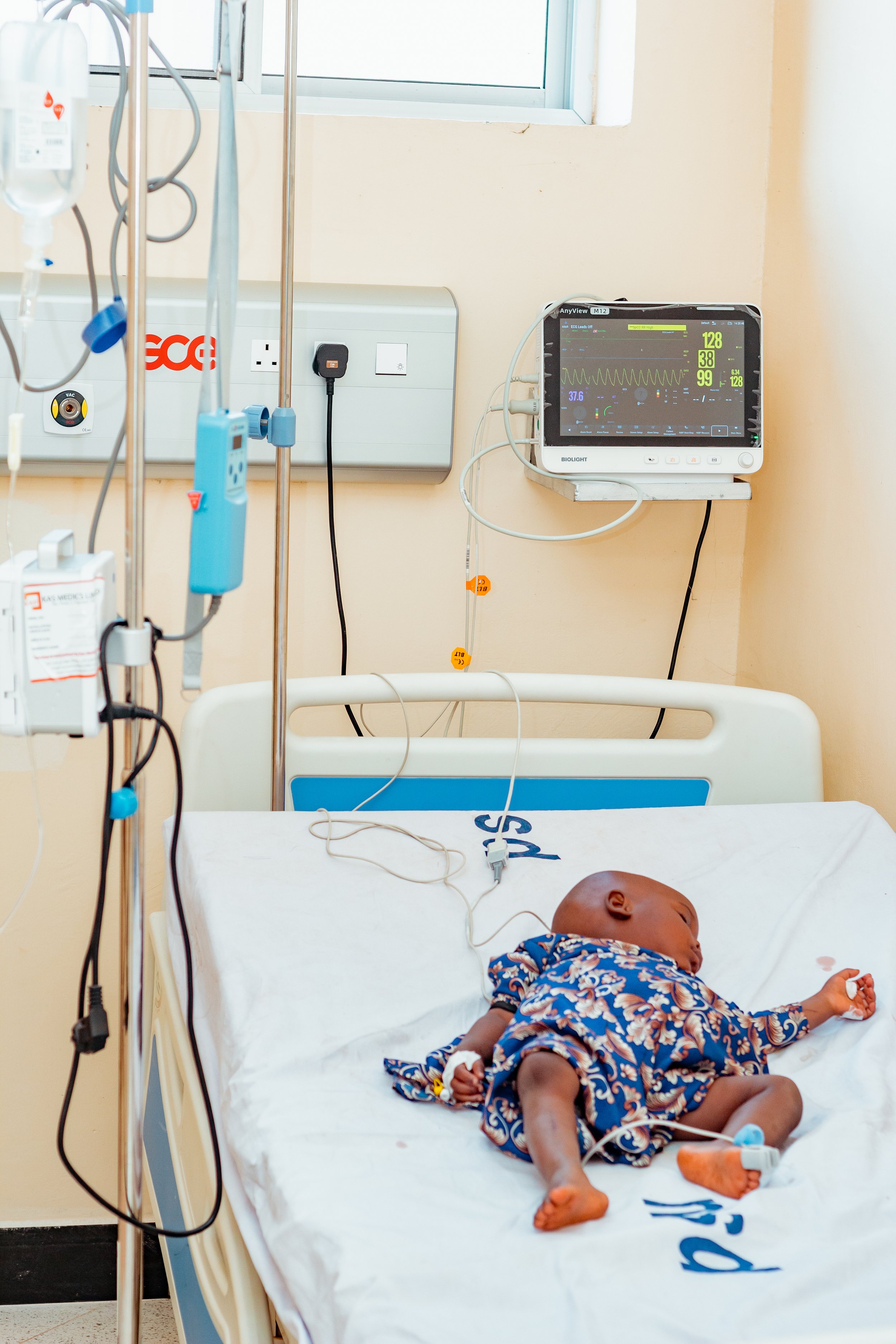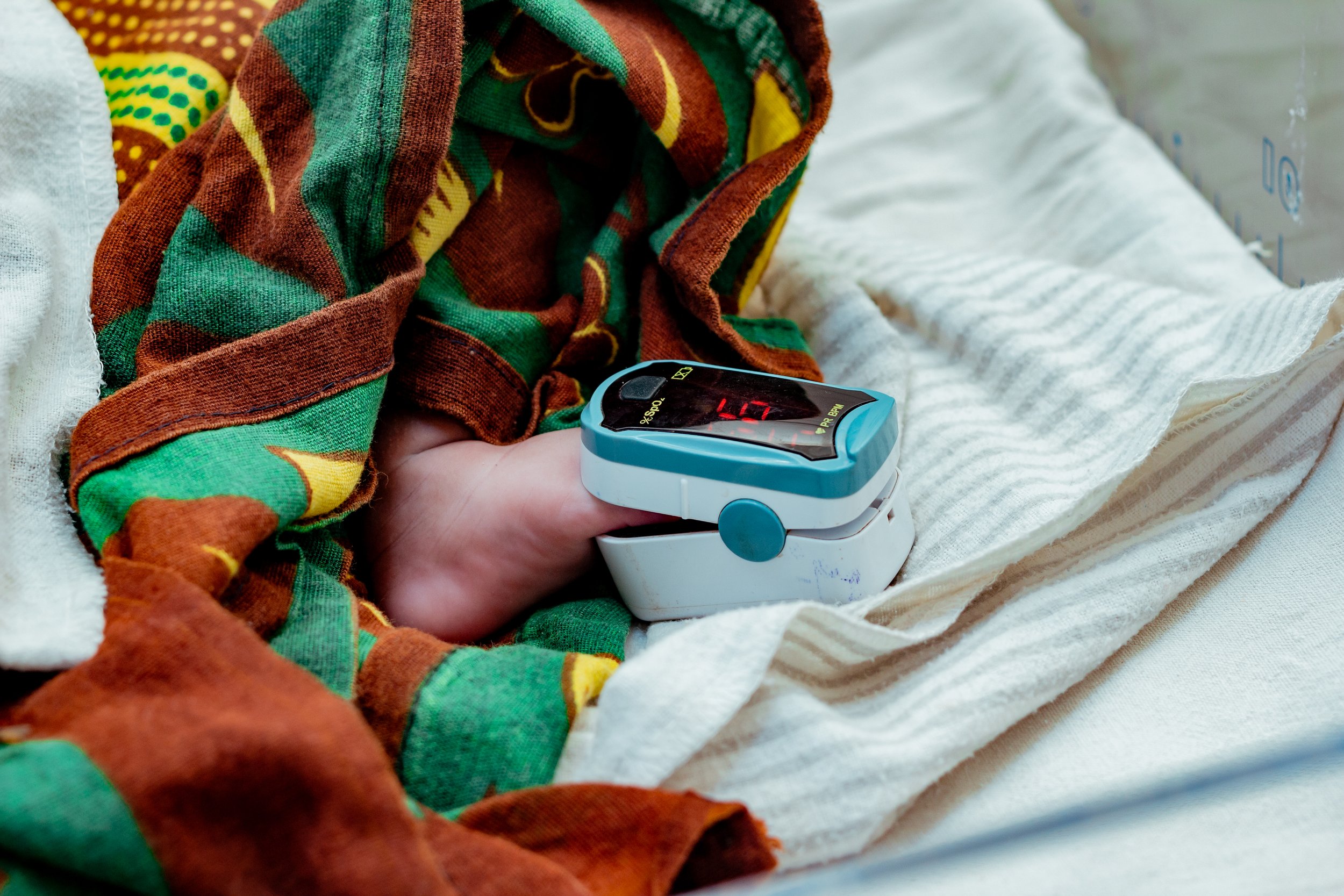
Critically ill patients fall in the gaps
There are deficiencies in the identification and treatment of critically ill patients worldwide.
In some low-income countries, 9 out of 10 critically ill patients fail to receive the life-saving oxygen they need despite the ease of its delivery.
Well-funded hospitals in high-income countries can have the same systems-failure when a traffic accident victim receives world-class treatment in the operating theatre, but dies on the ward overnight from unrecognised shock.
Case study 1
A 40 week pregnant mother arrives at a health facility unconscious following a seizure. She is diagnosed with Eclampsia. She has an Emergency Caesarean. A healthy baby is delivered.
She is then transferred to the ward.
She dies on the ward overnight. Why?
Case study 2
A 25 year old motorcycle driver is involved in a road traffic accident. He arrives at a health facility covered in blood. He is diagnosed with Polytrauma, has a CT scan follow by surgery. Post-op he is transfered to the ward.
He is found dead in the morning. Why?
Case study 3
A 2 year old boy arrives at a health facility sub-concious. He has a high fever. He’s tested and diagnosed with severe Malaria. He’s given a state-of-the-art treatment for malaria, and admitted to paediatric ward.
He dies on the ward overnight. Why?
Because Critical Illness wasn’t identified. And Critical Care was not provided.
All these cases above received good diagnostic and definitive care. But the severity of their condition was not recognised.
Critically ill patients fall in the gaps between medical specialities. But there is a high potential for reversibility, if identified and treated.
45 million people become critically ill each year. 18%-28% die.
90% are in General wards.
Our Essential Emergency and Critical Care (EECC) package addresses this problem by implementing 40 fundamental life-saving treatments and actions in hospitals, designed to avert 1 million preventable deaths worldwide.

“No one should die from a cause that EECC could treat no matter what ward, what hospital, or what country they're in. The 40 foundational EECC treatments and actions must become standard in the care of critical illness worldwide.”
— Tim Baker, Founder



